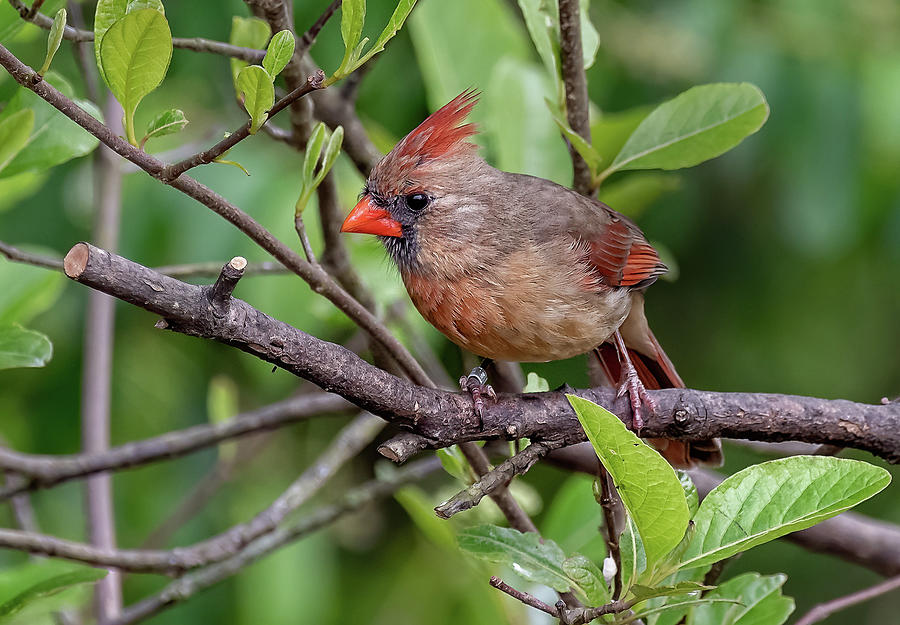

The predominant theory is that an error occurs in the formation of an egg, which normally carries one chromosome to unite with the single chromosome carried by the sperm. It’s not known exactly how gynandromorphy happens in birds, Arnold said. An article at Live Science on a similar gynandromorph cardinal in Texas offers the following theory, based on the observation that in gynandromorph chickens the female side is the normal ZW and the male side the normal ZZ: I’m not sure whether chromosome loss is involved in the production of this cardinal, or how that loss affects sex determination in birds (in humans, for example, unlike flies, the Y chromosome is important, so XO individuals are not phenotypic males but largely phenotypic females). The genitals on the ventral side are also part male, part female.īut in birds, unlike flies (or humans), the females are heterogametic: i.e., their sex chromosomes are different (the females are called ZW and the males are ZZ). Note smaller wings (males are smaller), and presence of sex comb and dark abdominal pigmentation on the right side.
#FEMALE CARDINAL PATCH#
X chromosomes can get lost at almost any stage at development, so flies can be a quarter male, have irregular patches of maleness, have just a few male cells, or even a male patch as small as a single bristle. But gynandromorphs don’t have to be “half and halfs”. One half of the fly then becomes XX, the other XO, and the fly is split neatly down the middle, looking like the one below. So to get gynandromorphs in flies, all that has to happen is that one X chromosome gets lost in one cell when the initial cell in a female (XX) zygotes divides in two. The Y doesn’t matter here: if you lose a Y chromosome, and hence are XO, you still look like a male, although you’re sterile (the Y carries genes for making sperm). If you have one X chromosome and one Y chromosome, your ratio is 2:1 and you’re male. If you also have two X chromosomes, you’re a female because the ratio of autosomes to Xs is 1:1.

Flies, like all diploid species, have two copies of every autosome. In flies the sex is determined by the ratio of X chromosome to autosomes. Now how does this happen? I used to see this sometimes in my Drosophila flies, and we’ve long known how a half-male, half-female fly forms. This, by the way, is a very graphic demonstration of the differences between males and females, with the brighter color of the male almost certainly reflecting sexual selection (with bright colors presumably advantageous in males because they attract females, but disadvantageous in females because they attract predators). We attempted to capture it with mist nets so that Rob Fleischer and I could get blood samples for further study, but we caught every bird in the neighborhood except this one! Alas, it never returned the third winter. I was able to observe it on several occasions, and noticed that it didn’t associate with other cardinals, nor did I hear it produce any vocalizations. For two winters the bird appeared at the feeder of a retired high school biology teacher. As you can see, the left side is male and the right female. I’ve attached several photos of the bird. Your post this morning on Venus the Cat reminded me of a bilateral gynandromorph Northern Cardinal we found a couple years back in nearby Rock Island, IL. Here’s Brian’s description of how he saw the bird: A gynandromorph, as the name implies, is an animal that is part male and part female, with the sex-specific parts usually demarcated cleanly. Reader Brian Peer sends us a photo of a “gynandromorph” cardinal ( Cardinalis cardinalis).


 0 kommentar(er)
0 kommentar(er)
